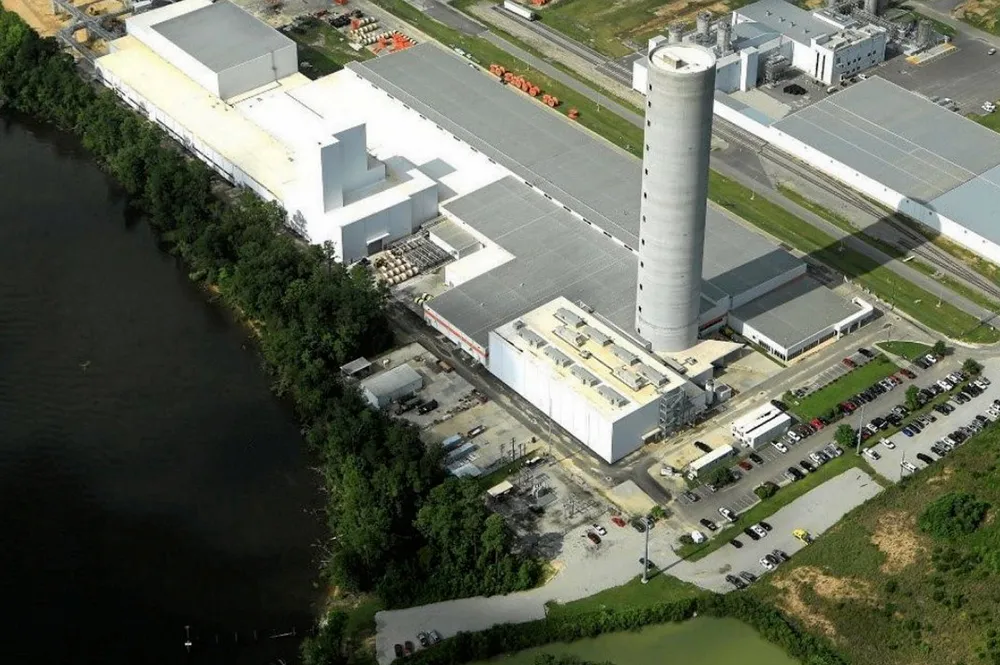Nexans says diverting US offshore wind cable output to Europe 'blessing in disguise'
Charleston plant will be kept busy with European orders well into 2028 as US boom fails to materialise

French power and communications cables giant Nexans opened its upgraded factory in Charleston, South Carolina, in 2021, when it was looking to become market leader in the nascent and potentially lucrative US offshore wind market.
But production from Charleston will now be shipped to Europe after a combination of economic headwinds scuppered several offshore wind projects in the country and political shifts lowered prospects for a revival in fortunes, most notably under newly-installed President Donald Trump.
European demand for the cables is running so high that Nexans EVP for generation & transmission Pascal Radue described the outcome as “actually, a blessing in disguise.”
European offshore wind capacity is expected to increase tenfold by 2030, pushing up demand for key components.
Strengthening grid systems to accommodate electricity flows from new sources of generation such as the North Sea, Baltic Sea, plus a proliferation of long-distance interconnector projects, has stoked up demand even further — including the 525kV extra-high voltage cables that are forming the backbone of Europe's emerging electricity "superhighway"
Market intelligence firm Spinergie has forecast an overall nine-fold increase in demand for subsea cables in European markets through 2030.
The Charleston plant will be fully occupied until 2028 at least, Radue said.
He described a "close to full backlog" for the US facility until 2028, made up of "all sorts of European projects".
The Charleston plant was upgraded from its original base to fabricate subsea cables up to 525kV for HVDC and 400kV for HVAC.
With European demand soaring, Nexans has also expanded its high voltage subsea cable plant in Halden, Norway to deliver subsea cables up to 525kV for HVDC and 420kV for HVAC and is also expanding a factory at Charleroi, Belgium.
"Clearly we're seeing a boom, brought in by renewable energy coming into the grid, and this will probably go on for the next 10, 15 or 20 years. This is why we are really scaling up our operations to, to a level of industrialisation that we haven't really seen in the past," says Radue, who admits that (European) demand is still running ahead of supply.
“Projects can go backwards and forwards depending on things like the permitting and financing environment, but looking at the window through to 2030 or 2032, we think some capacities are still missing to meet demand in that time frame”.
The US investment would have made sense if things had "played out differently", Radue states.
He described the transport cost between the US and Europe as "not really significant.... not marginal, but not really significant".
Several flagship US offshore wind projects were cancelled or shelved when developers such as Orsted were hit by surging supply chain costs in the 2021-23 period.
Donald Trump's invectives against offshore wind and threats of tariffs have taken even more of the momentum out of US offshore wind since then.
Shrinking expectations for offshore wind in the US do not mean that the sector is dead, however.
Nexans stressed that a substantial portion of its production from Charleston remains focused on ongoing US projects.
"The Charleston plant plays an important role in fulfilling commitments to key US projects, including the Empire Wind contract, which remains active and is a priority within our operations," the company stated.